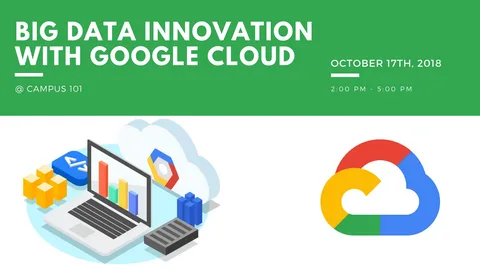Introduction
Think of data as a sprawling city at night, its countless lights flickering across the horizon. Some lights are bright, some dim, and others blink in patterns only a keen observer could interpret. The role of analytics is not simply to admire this skyline but to chart the paths, discover hidden neighbourhoods, and predict how the city will grow. Google Cloud AI Platform serves as the observatory from which analysts, developers, and decision-makers map this city of data. It provides the vantage point to see connections others miss, turning raw light into meaningful stories.
Building the Observatory: Setting Up Google Cloud AI Platform
Before any exploration begins, a foundation must be built. On Google Cloud AI Platform, this foundation starts with creating projects, enabling APIs, and establishing secure access controls. Rather than wrestling with tangled infrastructure, the platform offers managed services that free analysts to focus on insights rather than setup. Think of it as having architects already lay the bricks so explorers can start climbing the tower immediately.
Learners who step into a Data Analytics Course often encounter the challenge of juggling multiple tools. Google Cloud’s integration simplifies this process by offering BigQuery for data warehousing, AI Hub for models, and AutoML for rapid experimentation—all under one roof. The goal is clarity: one platform, many capabilities, minimal friction.
Navigating the Skyline: Data Preparation and Ingestion
Exploration requires clean maps. Raw datasets are like sketches scribbled on crumpled paper—helpful but hard to navigate. With Google Cloud AI Platform, data preparation becomes an orchestrated process. Cloud Storage acts as the vault, Pub/Sub streams real-time data, and Dataflow polishes raw inputs into neatly structured tables.
This stage is where mistakes often creep in. Imagine setting out on a city tour with a smudged map—you’ll inevitably get lost. By emphasising pipelines that validate, cleanse, and organise, the platform ensures your journey through the data city is efficient. In training environments like a Data Analytics Course in Hyderabad, participants learn not just the mechanics of ingestion but also the mindset of treating data hygiene as non-negotiable.
Illuminating Patterns: Model Training and AI Integration
Once maps are drawn, the real magic begins. Google Cloud AI Platform empowers users to train models that act like lanterns shining across the skyline, revealing hidden structures and unexpected shortcuts. TensorFlow, XGBoost, or custom algorithms can be deployed within the managed ecosystem, supported by GPUs and TPUs for speed.
But it’s not just about speed; it’s about scale. Think of a telescope that can zoom in to study one streetlight or pan out to capture the entire city. The platform’s versatility allows teams to experiment with small prototypes before scaling models to global audiences. For professionals, this hands-on approach echoes what a Data Analytics Course promises: transforming theory into tangible, scalable solutions that address real business questions.
Guiding the Traffic: Deployment and Monitoring
Insights without application are like maps locked away in dusty cabinets. Google Cloud AI Platform closes the loop by offering easy deployment options, whether as REST APIs, integrated dashboards, or embedded microservices. Prediction endpoints function like traffic signals across the city, guiding the flow of decisions in real-time.
Deployment, however, is not the finish line. Continuous monitoring ensures that the signals remain accurate as the city evolves. Tools like AI Platform Prediction and Vertex AI Monitoring track drift, latency, and accuracy, ensuring the lanterns don’t dim over time. This culture of ongoing vigilance mirrors how a Data Analytics Course in Hyderabad prepares learners: teaching them to see deployment not as a handover but as a living responsibility.
The Human Element: Storytelling with Data
Behind every graph and prediction lies the responsibility to tell stories. Numbers alone cannot persuade; they must be woven into narratives that resonate with people. A churn prediction model, for instance, is more powerful when presented as a story of “customers at risk of leaving” rather than “a 12% probability.”
Google Cloud AI Platform supports visualisation and reporting through seamless connections with Looker Studio and BigQuery ML dashboards. These tools are not just about aesthetics—they are the bridges between raw insights and executive decisions. In practice, this means analysts must evolve into storytellers, translating skyline observations into boardroom strategies.
Conclusion
Exploring data with Google Cloud AI Platform is like stepping into a high-powered observatory overlooking a vibrant, ever-changing city. From preparation and ingestion to model training, deployment, and storytelling, each stage sharpens the lens through which we see the hidden rhythms of the digital world.
For learners and practitioners alike, the journey isn’t only about tools—it’s about adopting a mindset of curiosity, responsibility, and resilience. Just as the city never sleeps, data never stops flowing, and those equipped to harness platforms like Google Cloud will remain indispensable guides in the modern business landscape.
ExcelR – Data Science, Data Analytics and Business Analyst Course Training in Hyderabad
Address: Cyber Towers, PHASE-2, 5th Floor, Quadrant-2, HITEC City, Hyderabad, Telangana 500081
Phone: 096321 56744


